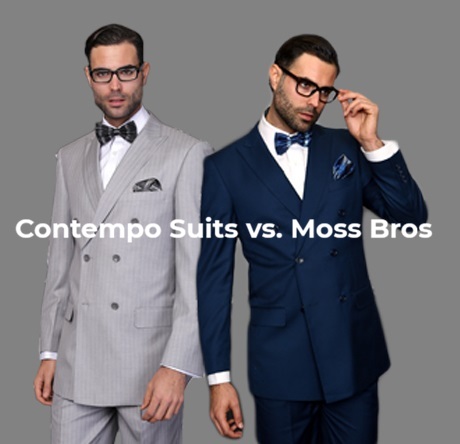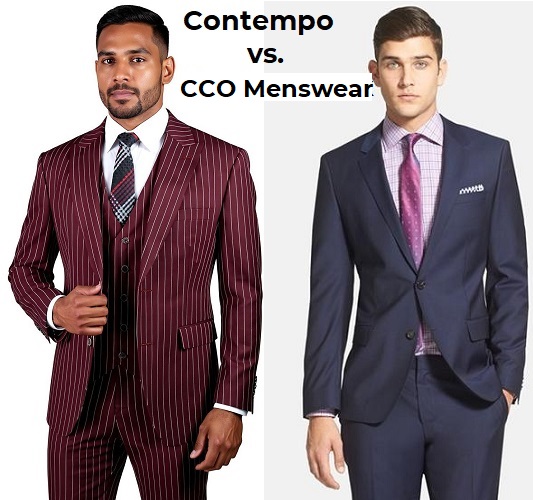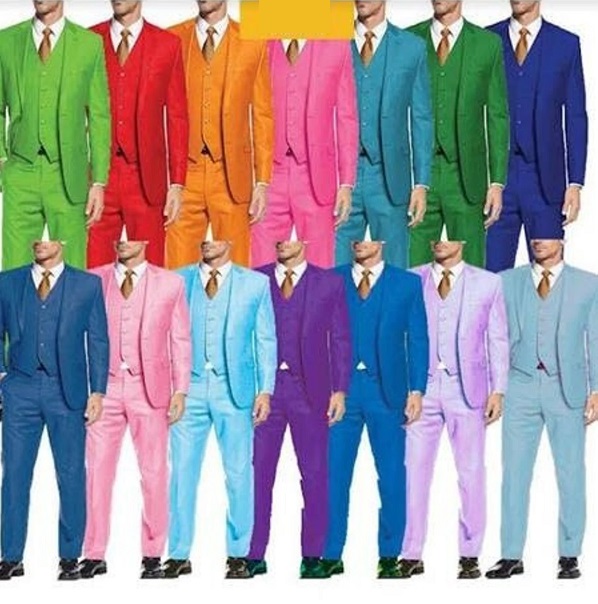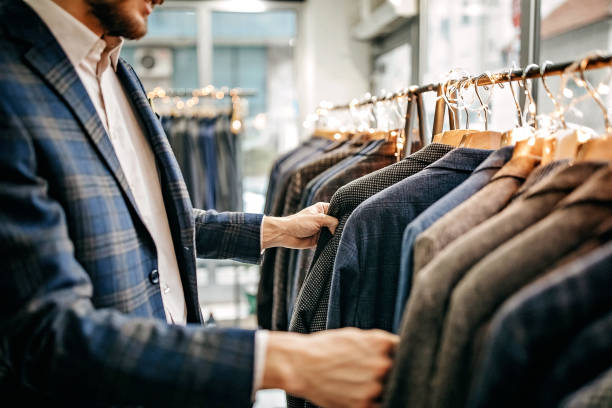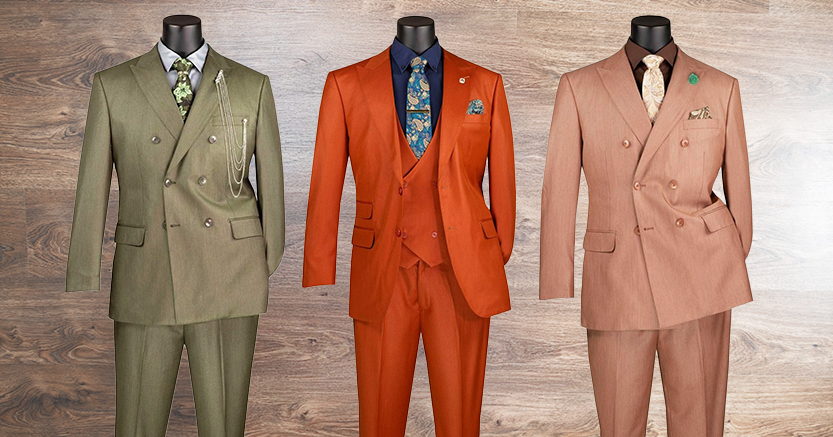May 07, 2025
Different Vintage Style Suits From the 1920s to 1980s
Why have old-school suits suddenly appeared in today's red carpets and IG feeds? Vintage style suits with that 90s feel are on the rise again, and we approve. The history of men’s fashion reflects the styles that existed from the 1920s to the 1980s, with each decade presenting its unique styles.
Guys no longer dress to cover up, they dress purposefully, paying homage to suits with style. No matter being used when going to a wedding, a church or for a themed party, they are just as popular today as they were many years ago.
Let us climb in the fashion time capsule and see what made each decade of suits so special and unique.
1920s:
The 1920s was all about luxury. Jazz Age and Hollywood glamour helped to refine the men’s suit. Everything from pinstripe suits, wide-legged trousers, and high-waisted pants. 1920 Suits were often worn with vests and pocket watches. This was the decade where looking “dapper” meant everything. They look best when worn with matching dress hats for men.
The coats were longer, double-breasted styles became fashionable, accompanied by fedora hats and shiny shoes completed the look. The same effect could be found with men's pinstripe suits.
1930s:
Suits became more structured. Shoulders became wider, and the waist got slimmer. The appearance was more aggressive and authoritative. Shades of gray, brown, and navy were in vogue.
Well, even in hard times, Hollywood stars have continued to maintain their glamorous ways. Their suits set trends for the everyday man.
1940s:
World War II changed everything, including fashion. Fabric was rationed, so suits became simpler. Styles leaned toward minimalism, but tailoring stayed sharp. Double-breasted jackets remained, but with fewer buttons. Suits had a no-frills feel, yet still looked put-together.
This era made suits more practical, but also reinforced their role as a symbol of respect and seriousness.
1950s:
Welcome to the age of smoothness. The 1950s brought back elegance in full force. Suits were cleaner, sleeker, and often worn with narrow ties. The single-breasted look became more popular, and suits were usually made from fine wool or tweed.
This is when the classic “gentleman” image was born. People often wore suits to church, dinner, or even the grocery store. This is where mens church suits gained popularity, not just as religious attire, but as a weekend fashion statement.
1960s:
Think of The Beatles and James Bond, this decade was sharp. Suits became slimmer, younger, and cooler. Pants were tighter, jackets shorter, and colors started to expand beyond the basics. Light grays, blues, and checks popped up more often.
This was the start of youth-driven fashion, and it showed in the boldness of the tailoring. Men wanted to stand out but still stay classy.
1970s:
The '70s weren’t shy. Everything got bigger, lapels, flares, patterns. Think wide collars, plaid designs, and bright colors. Disco ruled the dance floor, and so did three-piece suits with attitude.
Velvet and corduroy made appearances, and suits were no longer just for the office. They were for making statements. Vintage style suits from the ‘70s are among the boldest in fashion history, and they’re fun to wear even now.
1980s:
Shoulder pads. Boxy fits. Bold pinstripes. The 1980s screamed “confidence.” Corporate America was booming, and so were the suits. Think Gordon Gekko from Wall Street. Suits became armor for success—especially in mens wool suits, which offered warmth and structure.
Men were dressing to win, not just to impress. Today, you’ll still see many suits inspired by this powerful silhouette, just in more modern fabrics.
Why Are Vintage Suits Trending Again?
Vintage brings authenticity. People are tired of the same cookie-cutter styles and want to express their personality. These suits offer that, and they’re often better made than modern ones.
Plus, with sustainability becoming a hot topic, shopping vintage is an eco-friendly way to stay fashionable.
FAQs
Q: Can I wear vintage suits for modern events?
A: Absolutely. Vintage suits look great at weddings, themed parties, church, or formal dinners. Just make sure the fit is tailored to your body.
Q: What accessories go with vintage suits?
A: Think pocket squares, tie bars, vintage watches, or even suspenders. Hats like fedoras or newsboy caps also add flair.
Final Thoughts
Each decade brought its own twist to fashion, and today, we have the freedom to mix, match, and make it our own. Whether you’re drawn to the classy ‘50s or the bold ‘70s, wearing vintage lets you stand out while staying rooted in timeless style.
So go ahead, find your favorite era and rock it with confidence!



